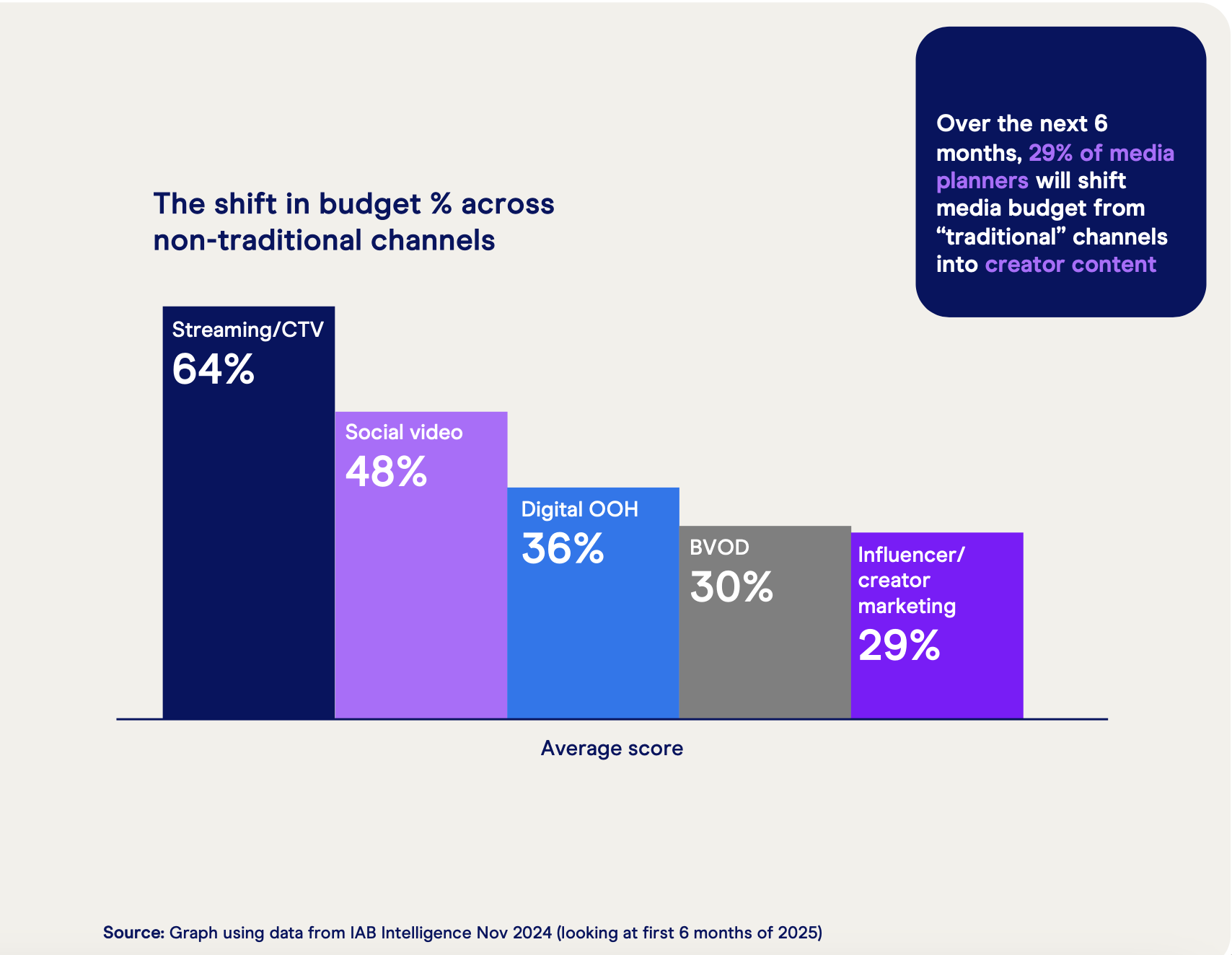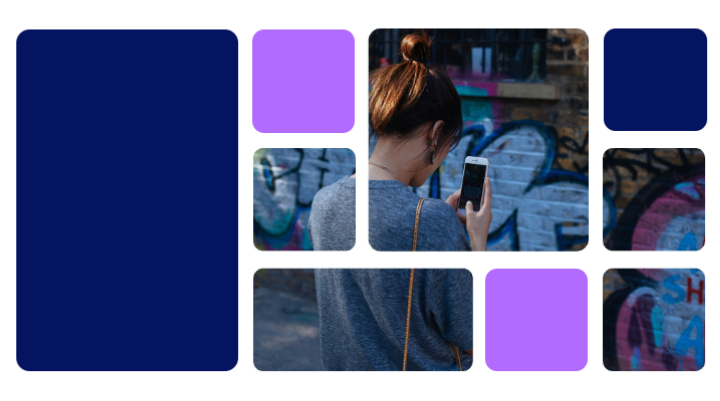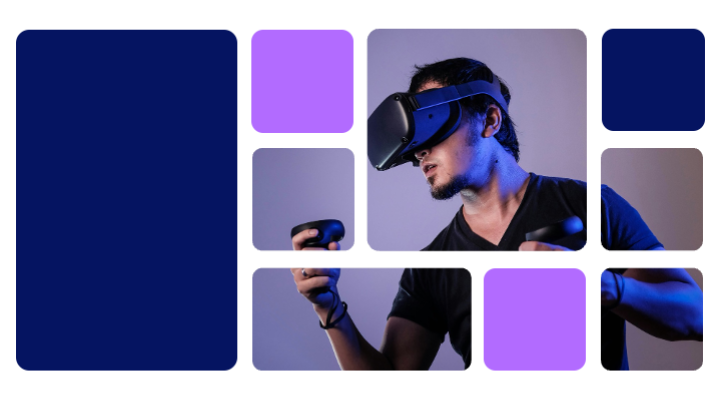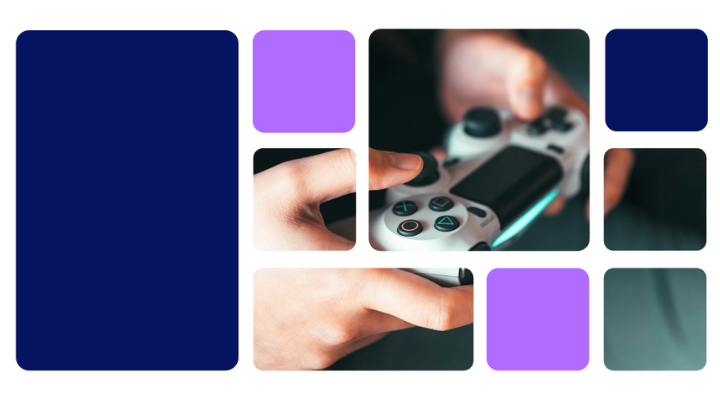Creators will have matured into a dominant media channel by 2030, becoming a central part of advertising strategies for brands, agencies and media owners. Their ability to build trust with audiences across generations and platforms is already making them an important source of information and influence. Looking to the future, both AI influencers and human creators using AI tools will help to professionalise creator marketing. Large-scale creators will rival traditional media businesses in terms of audience reach and content professionalism, solidifying their role in modern marketing.
Growing demand for authenticity
The rise of creator marketing is rooted in a growing consumer demand for authenticity and connection - which traditional forms of advertising can struggle to provide. As a result, creators have become key players in the media landscape, with brands increasingly reallocating spend from traditional budgets to influencer partnerships. By 2025, global spending on influencer marketing is expected to exceed £20 billion according to SEC Newgate, while IAB UK data shows that 29% of media planners in November 2024 planned to shift media budget from “traditional” channels into creator content over the following six months.

The impact of AI
Two significant trends are reshaping creator marketing:
-
AI-generated creators: Virtual creators are reshaping how brands engage with consumers. While AI creators can offer scale and innovation, they run the risk of lacking the personal touch and authenticity that human influencers bring to the table
-
Human creators using AI tools: Human creators are increasingly adopting AI-driven tools to enhance their content creation. This hybrid approach maintains the personal connection with audiences, while leveraging AI for efficiency and innovation
As we move towards 2030, brands are expected to adopt hybrid creator strategies - using AI creators for specific campaigns that require scale and innovation, while relying on human creators for deeper, emotional connections.
“I am incredibly optimistic about the future of the creator industry - the democratisation of fame and that truly anybody can become a content creator or influencer. There’s no age limit or traditional barrier to entry within our industry. The inclusivity has enabled diverse voices to thrive and consumers to find creators who they resonate with, for both their personal experiences and backgrounds.”
Jessica Stevenson, Content Creator, Creates UGC
How to future-proof for 2030
-
Forge connections. Media owners will need to embrace and partner with creators to access and build credibility with new audiences. Meanwhile, advertisers need to align with relevant and credible creators to stand out
-
Harness creators as a core sales channel. Creators should be central to a social-first marketing strategy, playing a crucial role in driving brand awareness, product visibility and sales for brands
-
Test and learn. Advertisers should test the market by comparing the impact of creators vs. experts who offer proven, fact-based recommendations, to better understand consumer sentiment
-
Relinquish creative control. Creators build engaged communities through their authenticity. To capitalise on this, advertisers must relinquish some creative control and trust that creators know how to speak to their audience
-
Reach untapped audiences. While fashion and beauty continue to dominate within creator marketing, sectors like health, education and finance are expected to see increased engagement, creating new opportunities for brands to tap into previously untapped audiences
Download full chapter

In-depth research slides
Explore the story behind the trends with detailed slides from this chapter
Learn more
Quick-read summary
Access a downloadable version of the content on this page for a round-up of the key insights
Learn more
Media landscape infographic
Capture the main takeouts from this section, ideal for sharing or coming back to later
Learn more